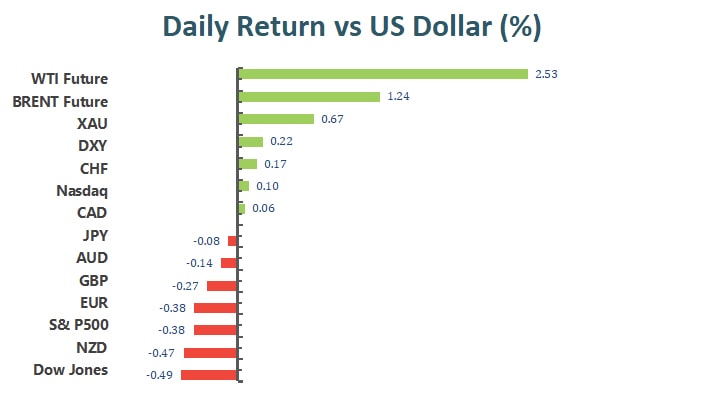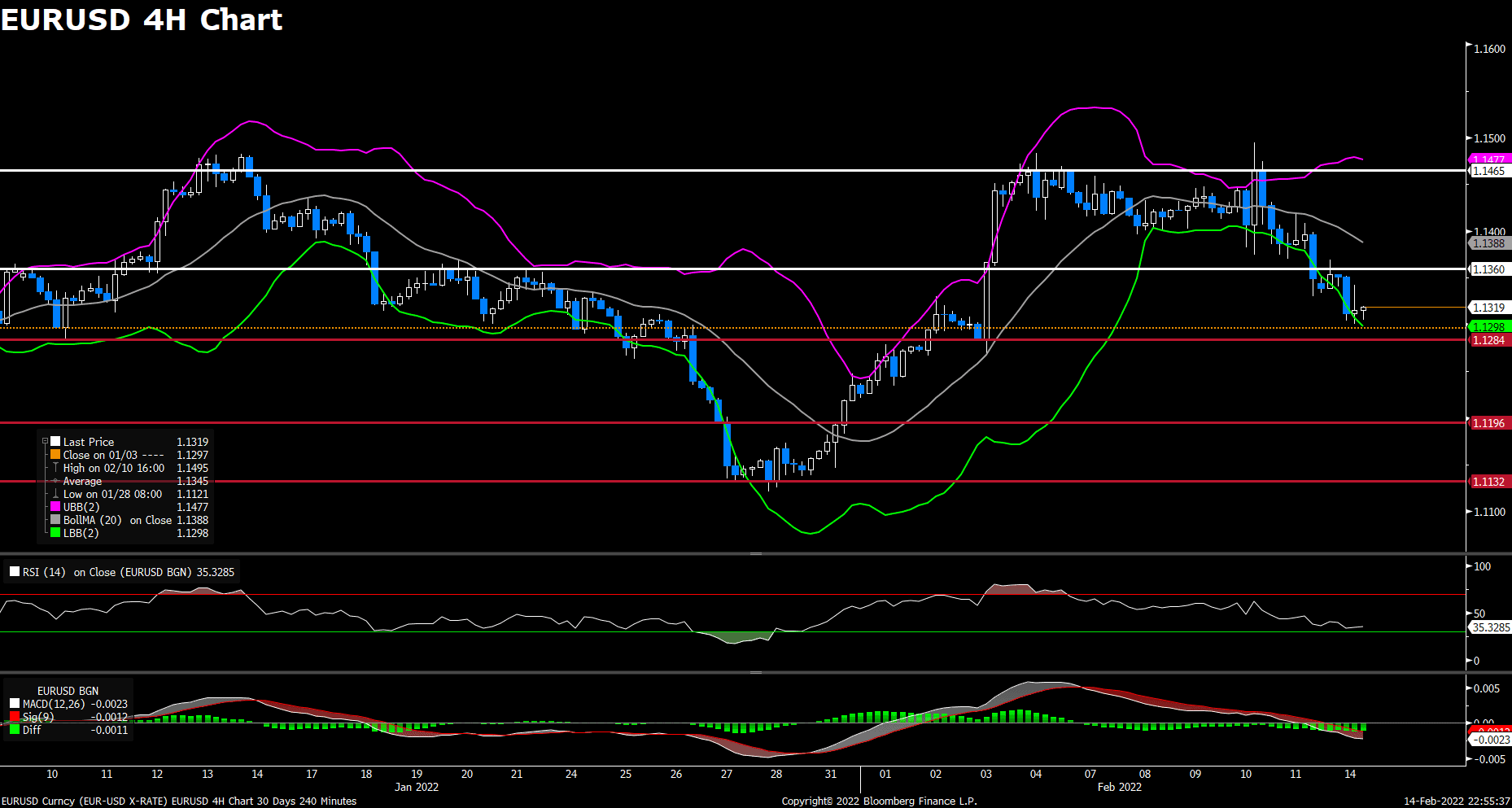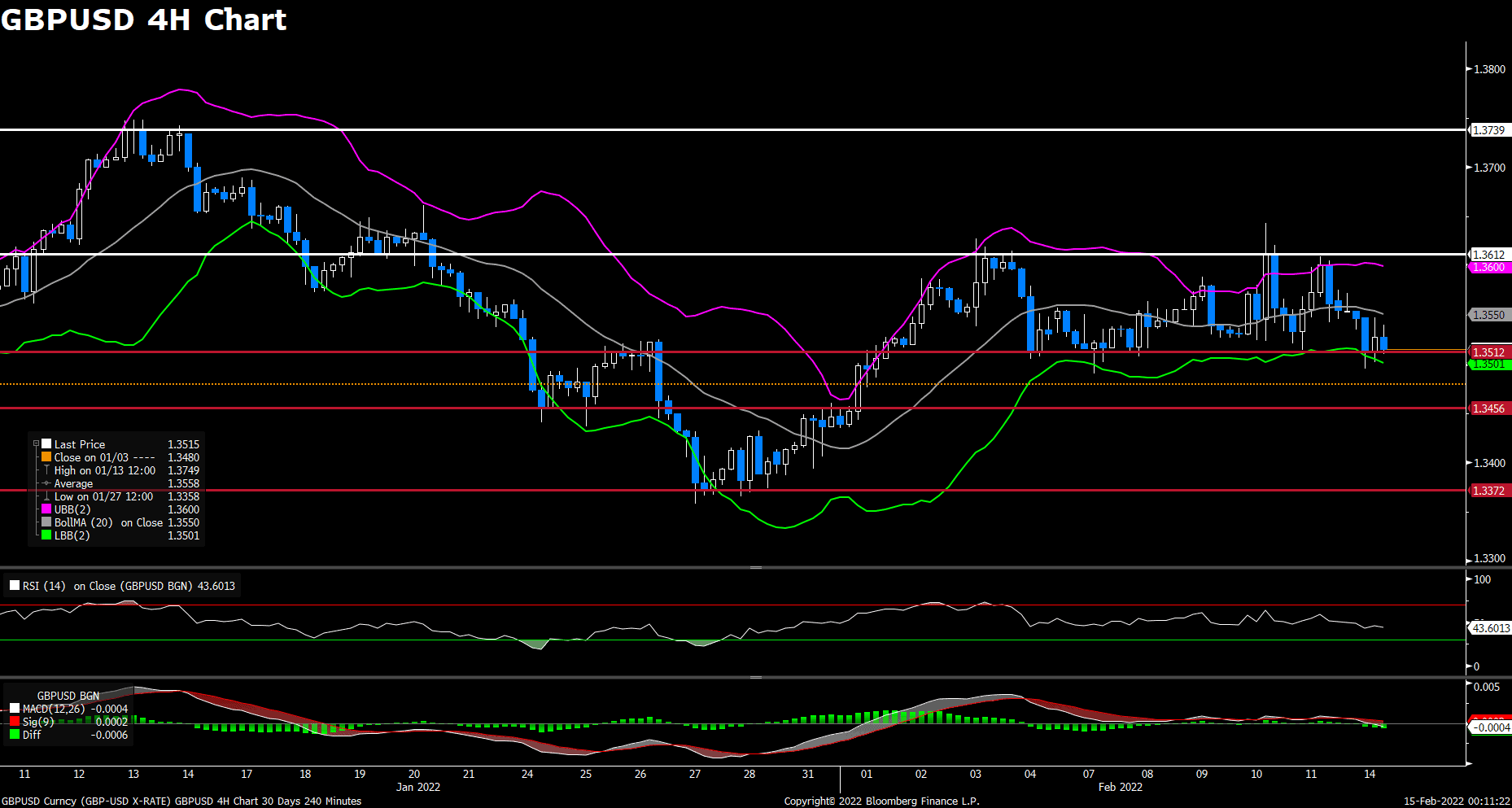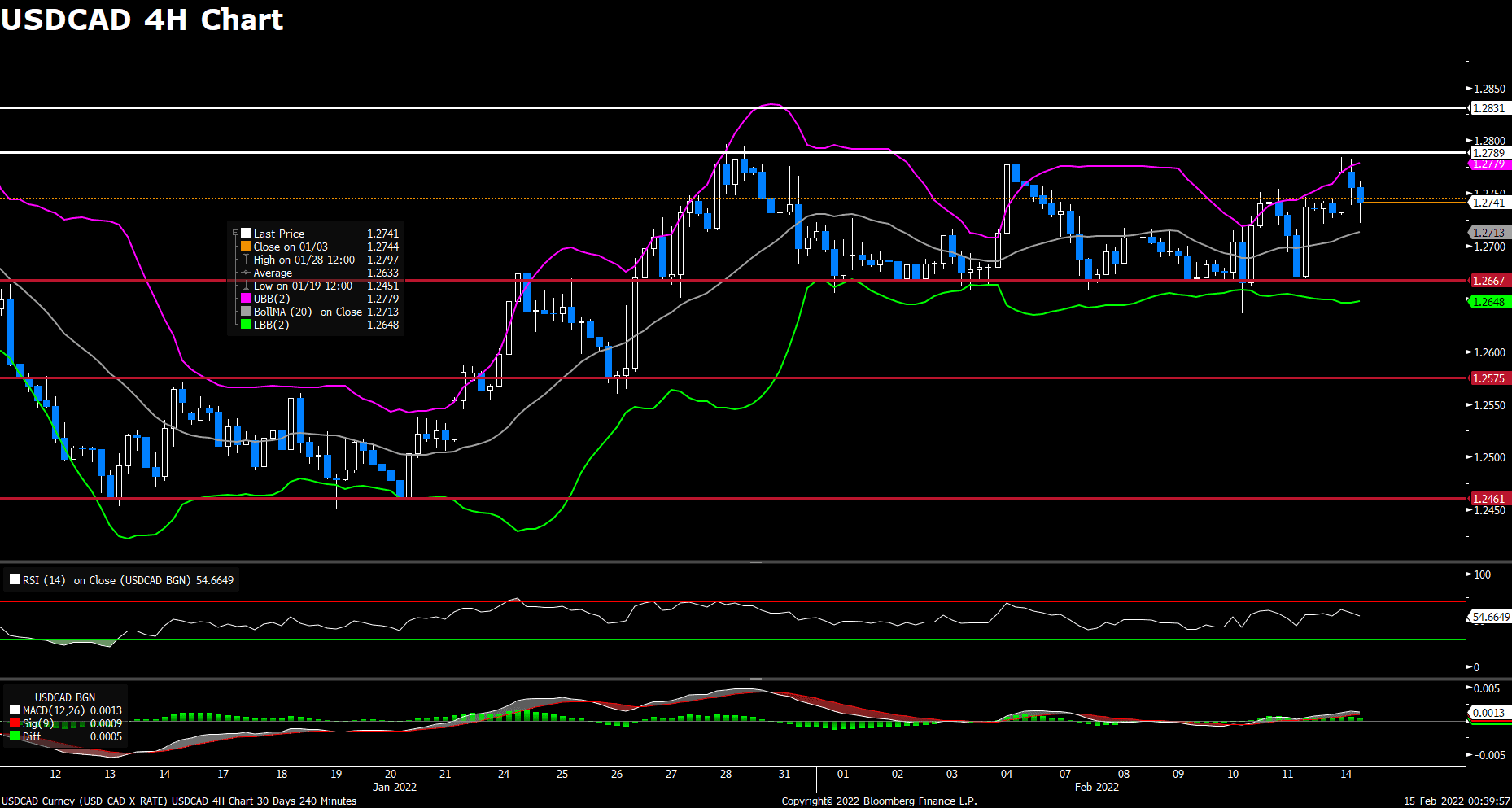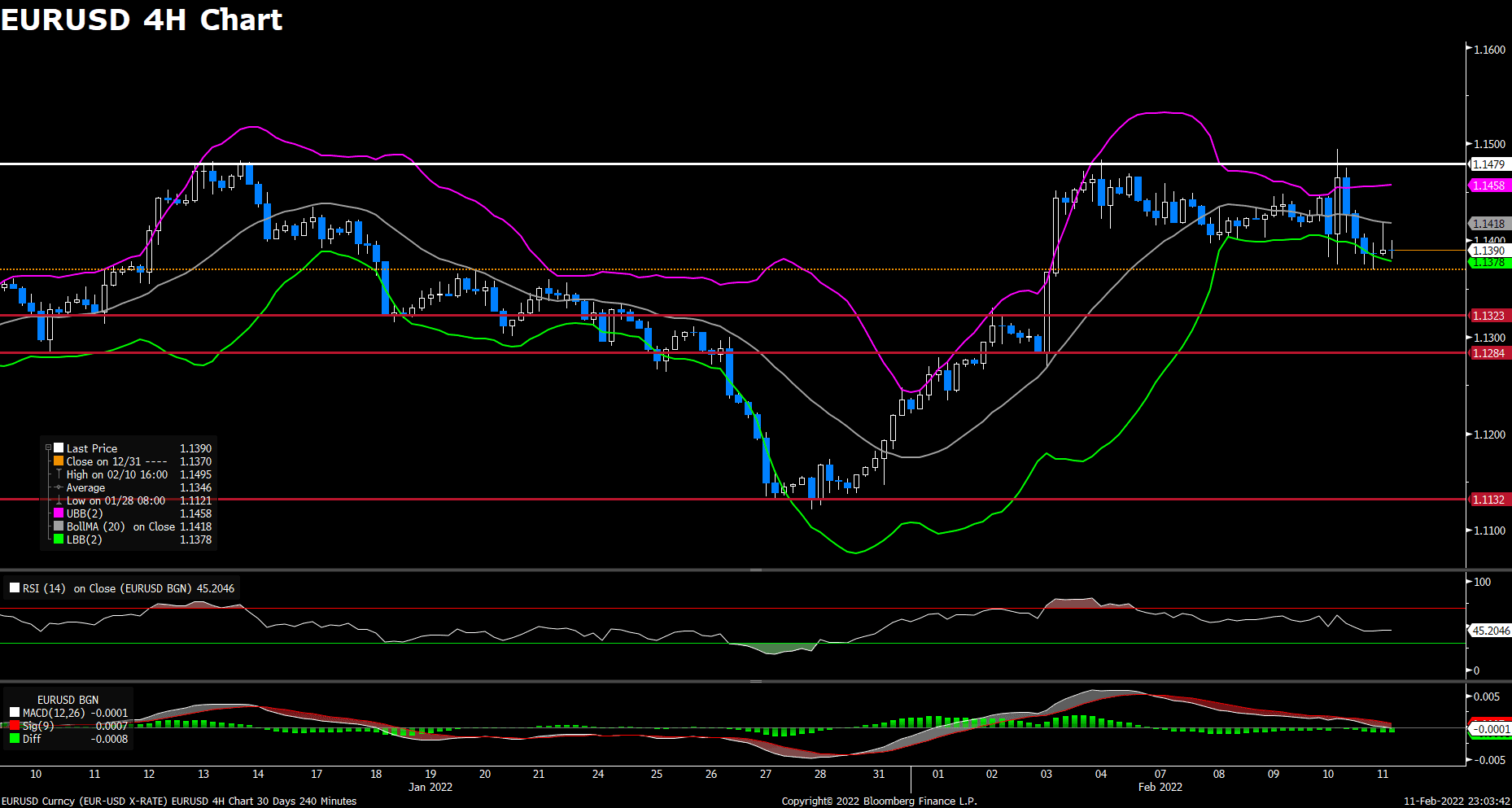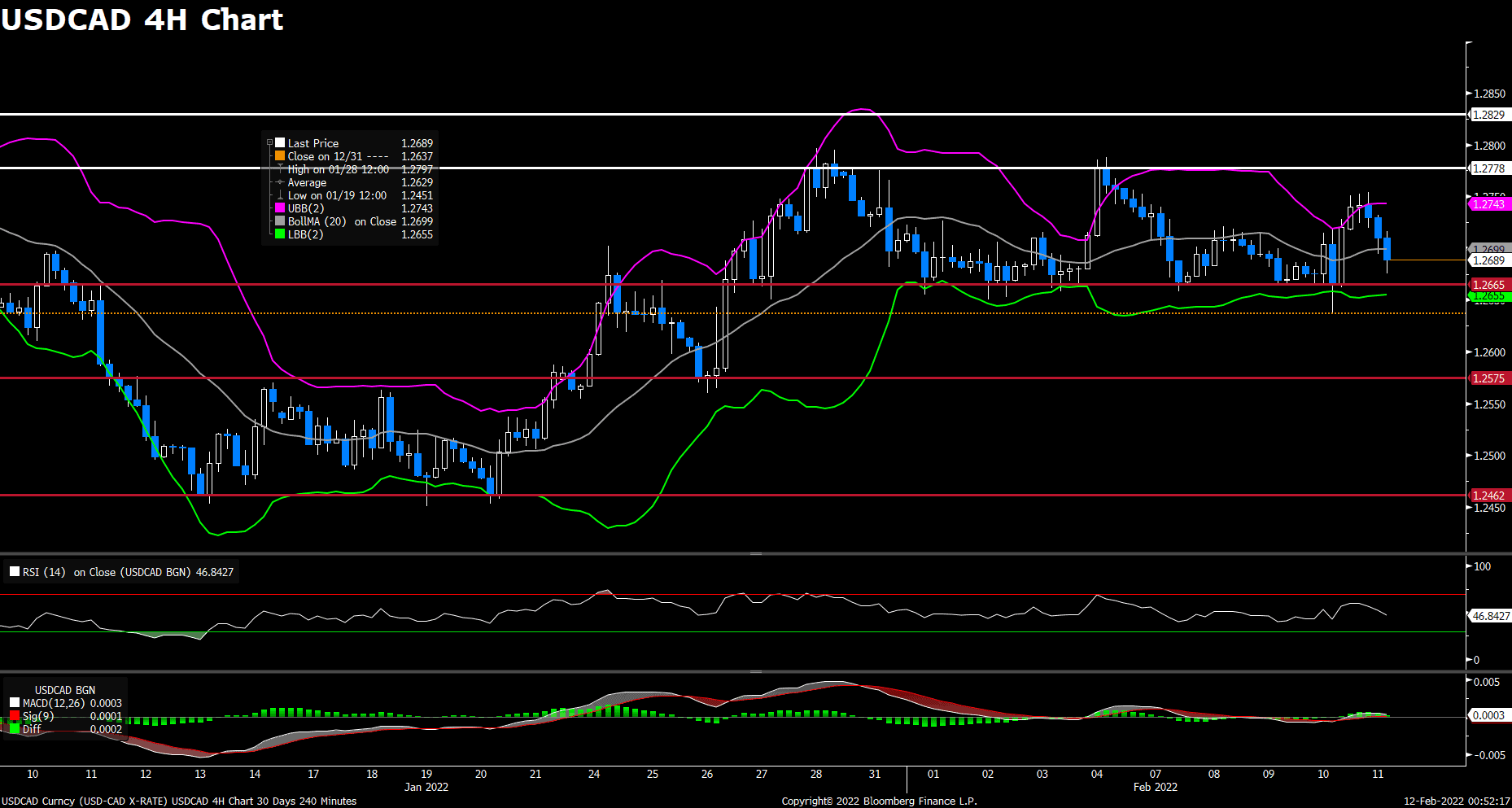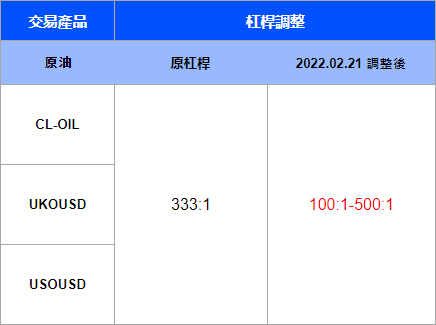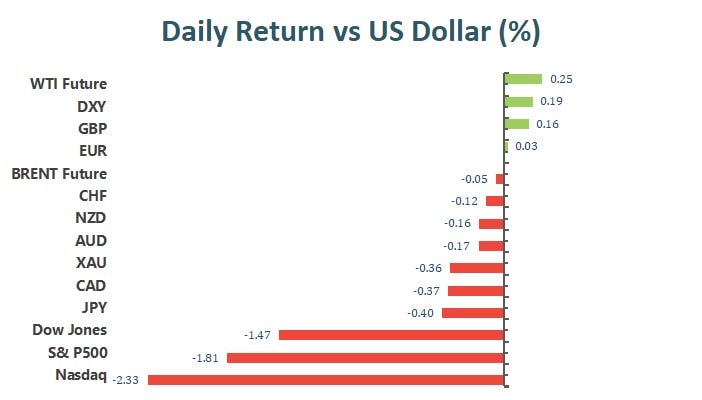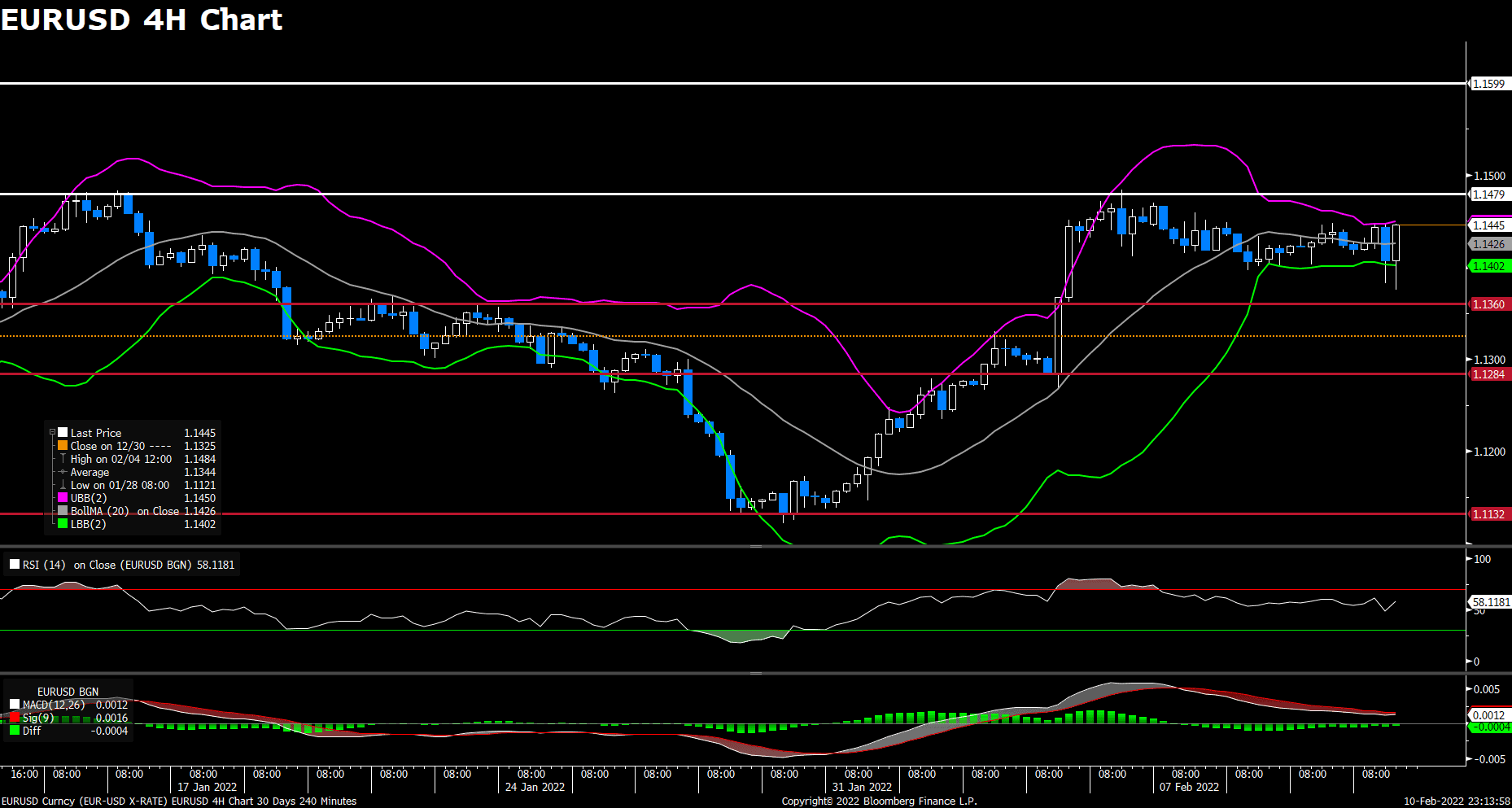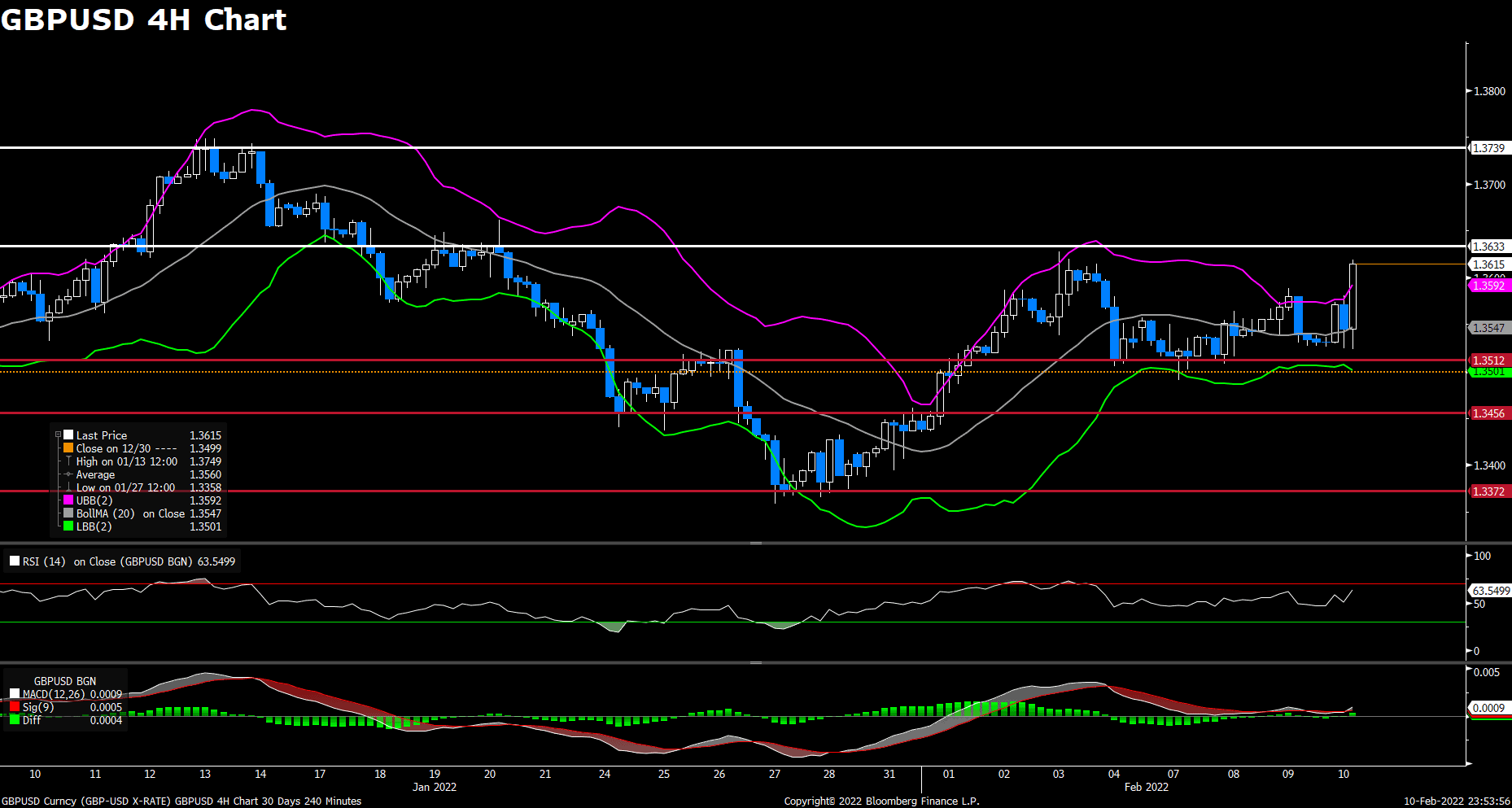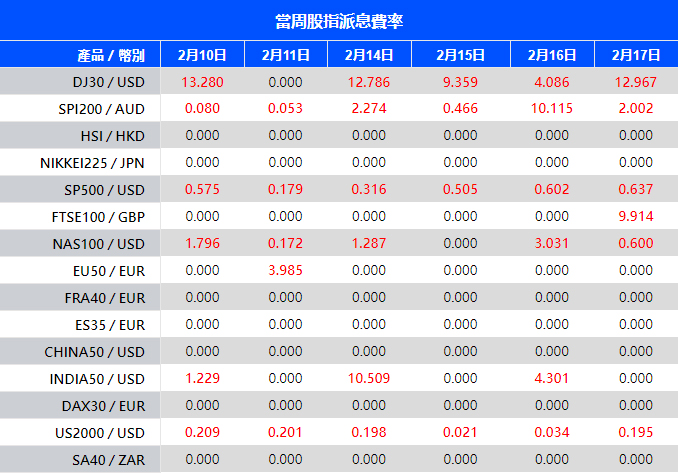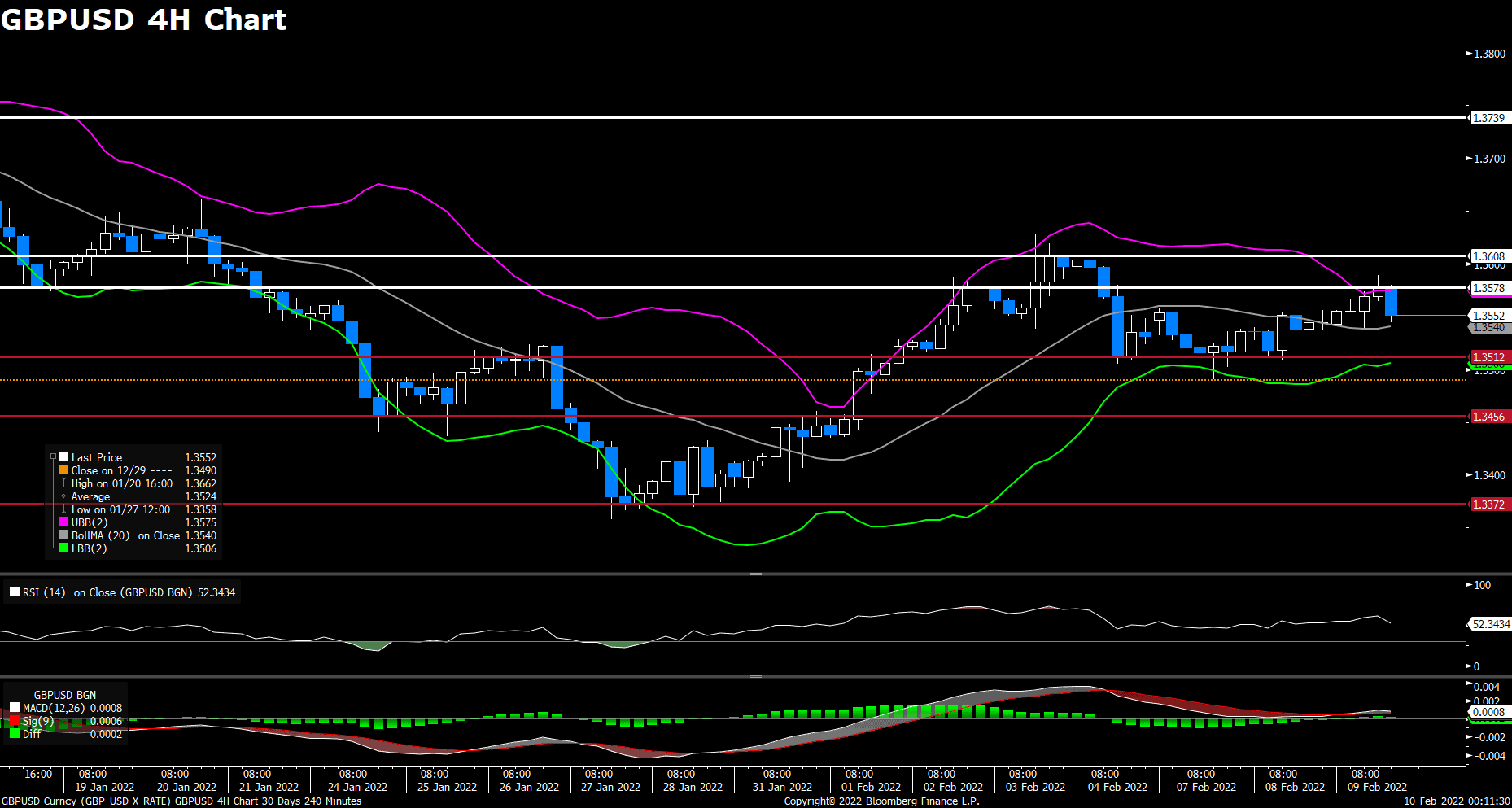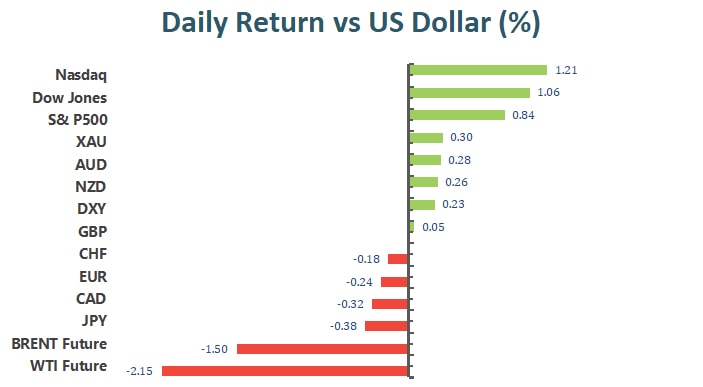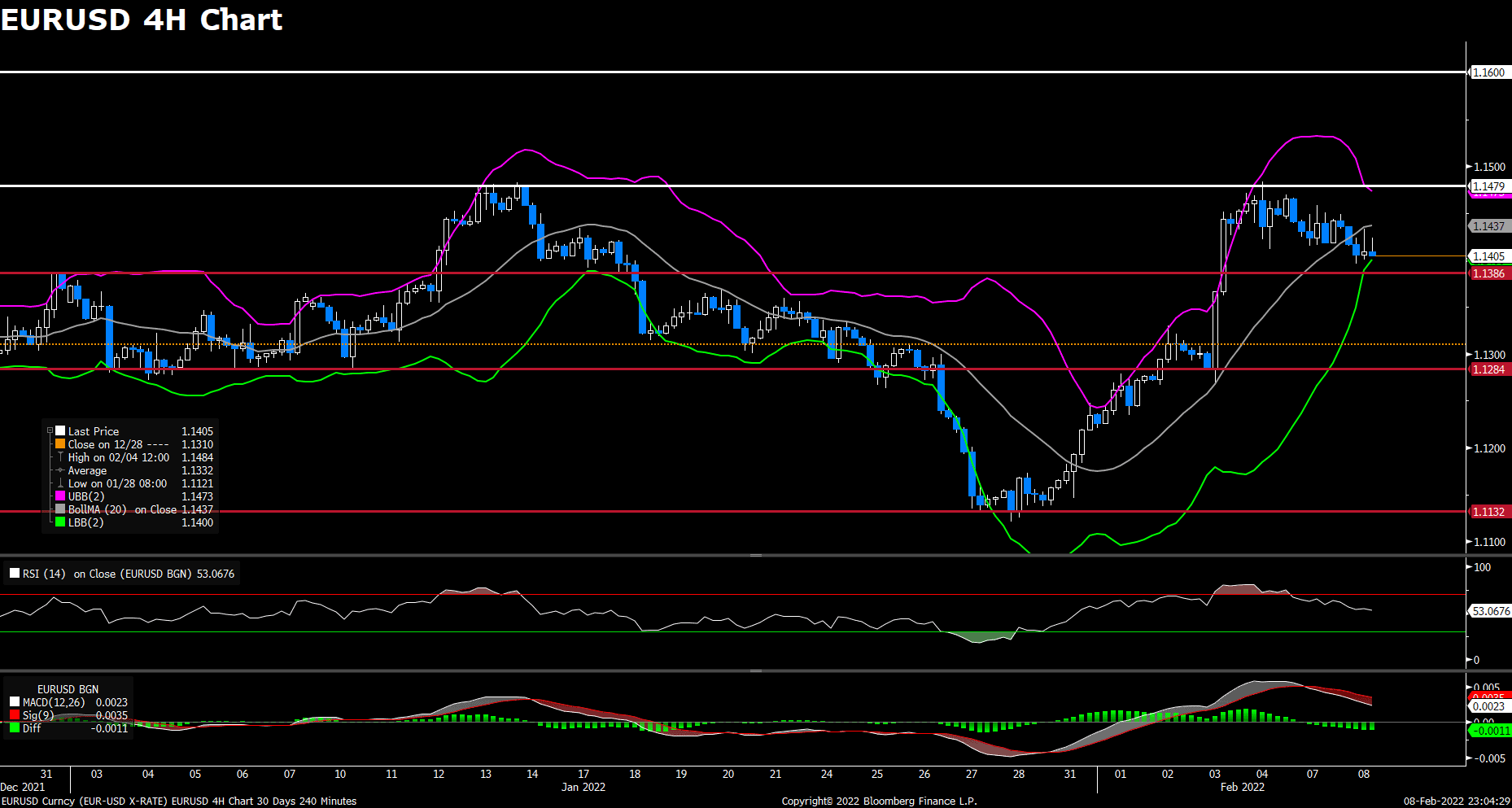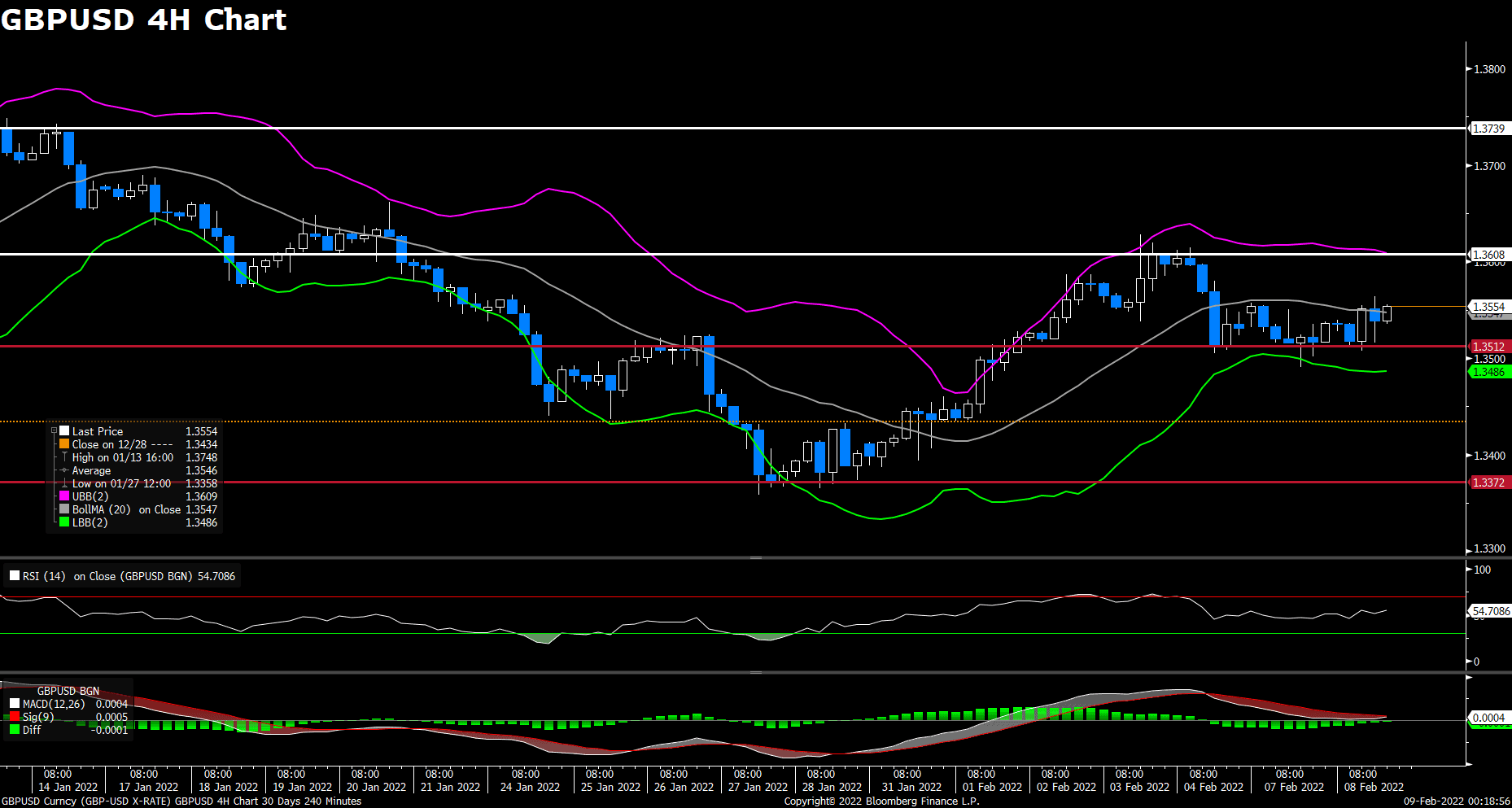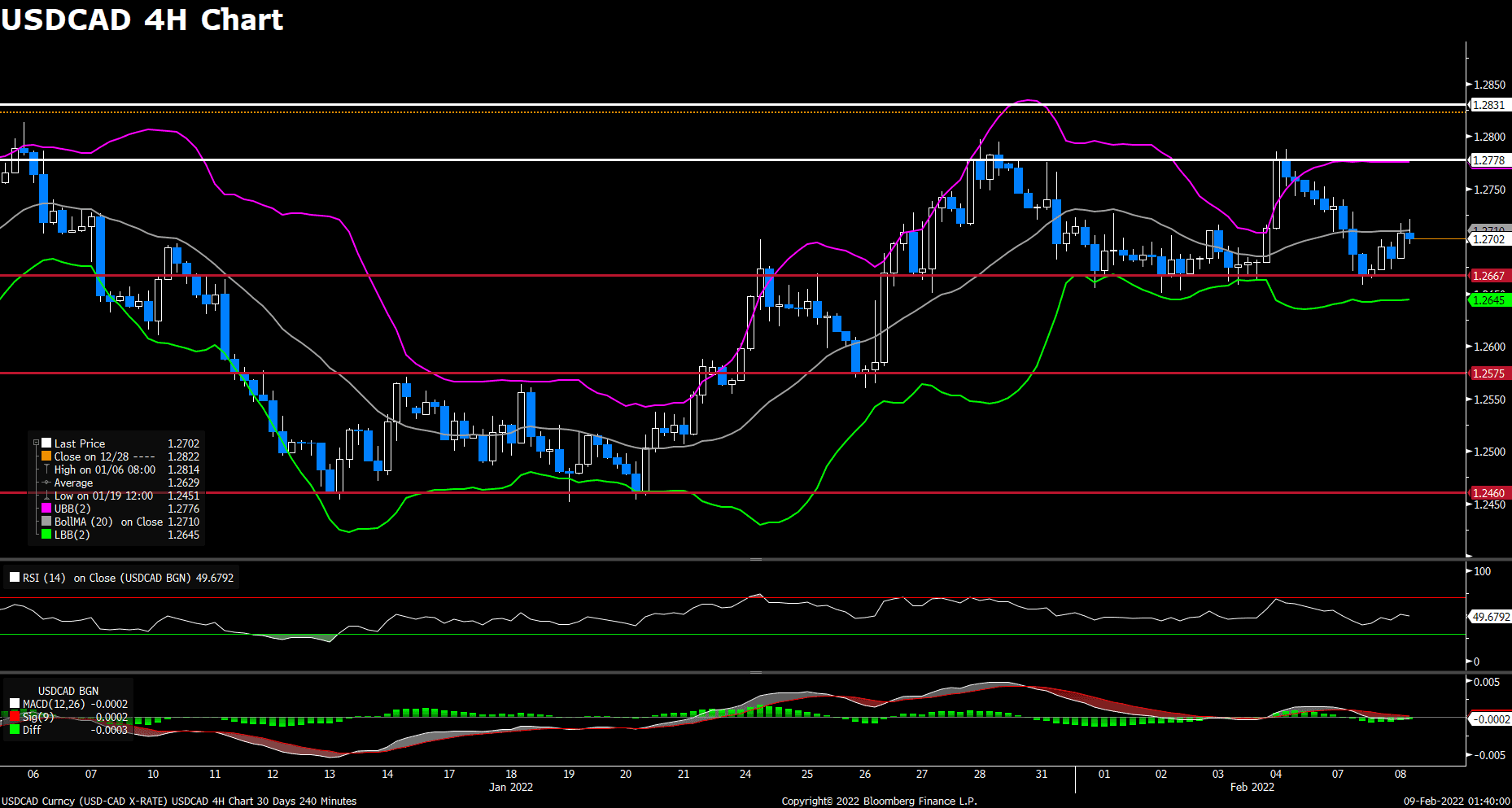The world economic cycle often experiences boom and bust periods. Since the introduction of the financial markets, there have been many bubbles, crises, wars, global economic downturns, global economic euphoria, geopolitical problems, and many more.
With such circumstances, of course, you need a balanced portfolio to protect your investment capital. One of the wise pieces of advice in finance is to diversify and balance your portfolio to minimize risk in the event of a global financial crisis.
Or, from a trader’s point of view, what assets should you trade to keep your exposure stable?
A broader definition of safe haven assets
Safe haven assets are financial instruments expected to maintain or even gain value during periods of economic downturn. The price of this asset is constantly changing and does not depend on the economy as a whole. So, there is a high demand for this asset class in times of crisis.
Safe haven assets must have certain characteristics which include:
- Permanent regardless of general market volatility. Force majeure does not have a significant effect on safe havens, but in the event of force majeure, investor capital flows to protective assets because if there is instability, investor confidence in safe havens will increase.
- Protection from inflation. The higher the yield, the greater the risk. That is why safe-haven assets do not have high yields. But the increase should, at least, beat inflation.
- Minimum exposure to price changes. This means that this asset class should have the least volatility and the greatest liquidity.
Assets that meet the above definition are:
- Government Bonds – One of the disadvantages of government bonds is their low yields which do not always cover inflation. But in times of a downturn in the economy, government bonds are one of the assets that shine because of their ability to yield returns and protect investors’ capital.
- Currency – The US dollar is by far one of the few currencies that analysts recommend adding to one’s investment portfolio for diversification purposes. Global confidence in this currency is strong, despite the size of the debt that continues to grow. The euro does not perform well in times of economic troubles in the eurozone, and therefore, is not considered a safe haven asset. During the crisis, there was, indeed, an increase in demand for the Swiss franc. But this currency has liquidity problems, so not all investors have access to buy and sell Swiss francs. The Japanese yen used to be a safe haven, but it has changed because Japan had been trying to reduce deflation for a long time. The Japanese government, on the other hand, is looking for ways to devalue the local government, that is why the yen can no longer be considered a safe haven.
- Gold – Gold is an asset with social construction and a history of thousands of years throughout human civilization. In times of crisis, investors’ capital flows into gold significantly. The limited supply and demand from the industry is the main factor in the stability of gold prices. But the main problem with investing in gold is the shape. It doesn’t make sense to invest in physical gold, where you will have to spend 10-30% more money because producers pass various costs on producing gold to consumers. After all, physical gold can oxidize if it comes into contact with air. It makes more sense to buy and trade gold CFDs because of the lower cost.
- Mutual funds and ETFs – Mutual funds and ETFs can be considered safe havens because automatically, the assets of this class are well diversified. However, during the crisis, their hedging function weakened and experienced a decline, along with other assets. This investment relieves the investor of the responsibility for the formation of a balanced portfolio, but the risk of mismanagement of funds remains.
Create a trading strategy that implements a balanced diversification strategy
we discussed about the safe-haven perspective from the perspective of investors. But for those of you who trade in financial markets, the above doesn’t make much sense, especially for Forex-Gold traders. It is not possible to implement a portfolio by buying, for example, US Government Bond CFDs, and holding them for a long period because the timeframe horizon is short term. One way to diversify our trading portfolio is to do a comparison of 3 assets.
Let’s compare the three graphs below:
XAUUSD Chart, TimeFrame D1

XAGUSD Chart, Timeframe D1

XAUXAG Chart, TimeFrame D1

Please compare the 3 charts above and apply your trading system to the three charts. Let’s say that based on your trading strategy on the XAUXAG chart, XAU may strengthen against XAG. But on the XAUUSD chart, your trading strategy gives a sell signal.
On the XAGUSD chart, your trading strategy gives a sell signal, too. Of course, it makes more sense to open a sell position on XAGUSD and diversify your risk by opening a sell position or a buy position on XAU with the number of lots or less risk than your main position on XAGUSD, hoping that the risk won’t be too big.
This is like the hedge, but here we compare the correlation between 3 currencies and enter the currency that is likely to move fast.


